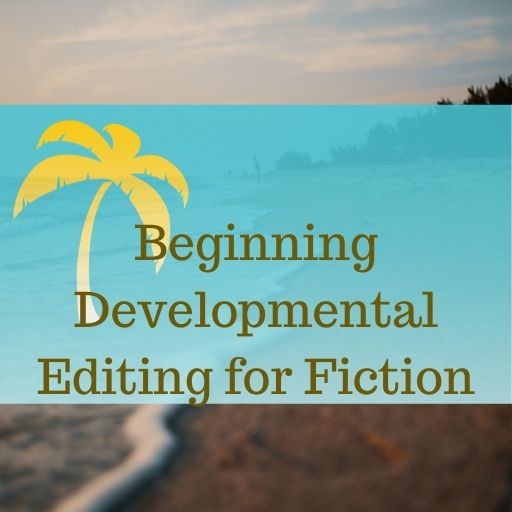3 Main Types of Editorial Queries
As developmental editors, we use three main types of queries, and it’s important to distinguish among them so that the author isn’t confused about what needs to be done.
- The first main type of editorial queries used by developmental editors is the “I’ve fixed it” query. This is a query that explains why you’ve made an edit to the ms: “Edited to clarify that Ben is speaking. Edit OK?” You always add the “edit OK?” at the end to show that you know that ultimately it is up to the author to accept/reject your change. It also makes it clear that the change has already been made to the ms.
- Another important type of editorial queries is the “you should fix it” query. This is the majority of queries we write in development. This is a query such as, “Ben’s motivation for quitting his job isn’t clear. I recommend showing the scene where his boss bullies him to show how fed up he is.” Here, it’s clear that the author needs to make the change and the editor is merely suggesting that such a change be made.
- Lastly, it’s important for developmental editors to not skip this type of editorial queries: The praise query: “This scene made me laugh out loud!” It’s important for the author to know they’re doing some things well. This kind of praise is invaluable. But it’s easy to overlook because we get so focused on what’s going wrong with the ms.
What we don’t want to do is just write reaction queries: “John seems disappointed here.” Well, so what? What does the author need to do about that? If nothing, then delete the query. If something, then say what that something is. Sharing a running commentary on the ms is not developmental editing.
Using these three main types of editorial queries when editing manuscripts is a proven method for providing quality work by developmental editors.
Join the Club!
New to story editing? Begin at the beginning.




